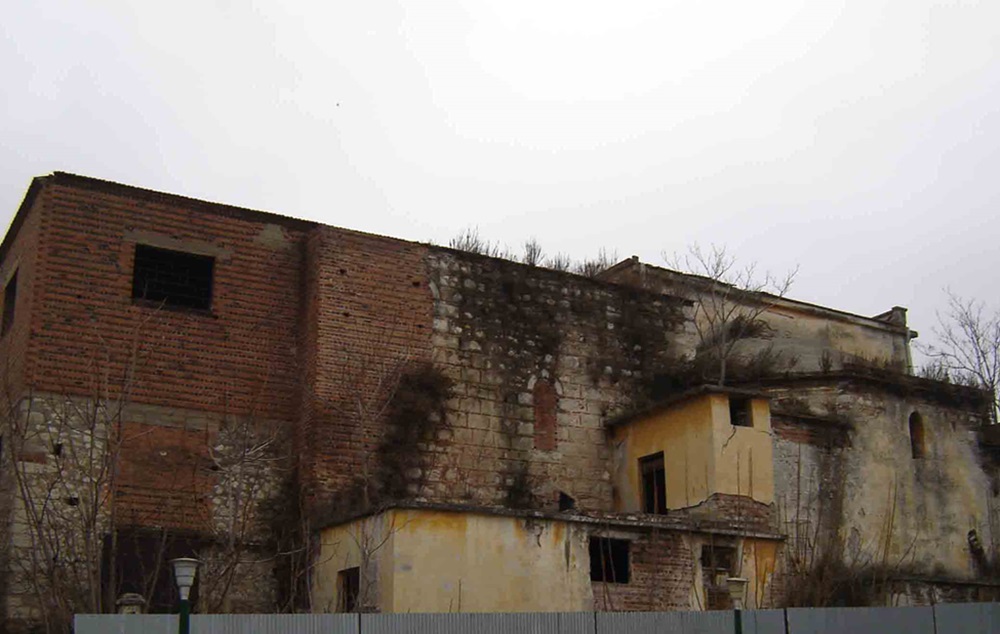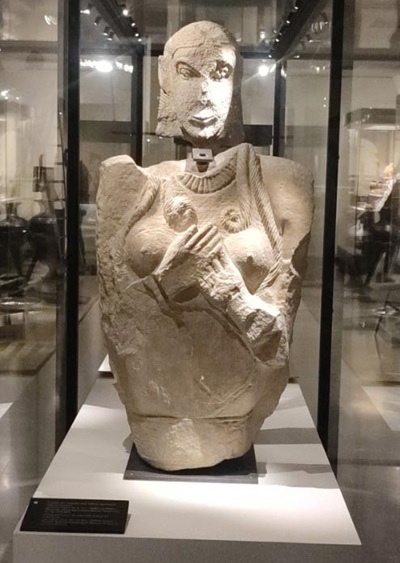
In the framework of the close cooperation between the Ministry of Culture and the National Bank Greece for the preservation and promotion of the cultural heritage of our country, the Bank donated the old Mosque of Meza or Iskender Bey and the surrounding newer buildings to the Ministry of Culture.
The mosque of Iskender Bey was built around 1510-1511 by the great-grandson of Ghazi Evrenos, Iskender Bey. It is a large building with a T-shaped floor plan. It consists of a square, spacious prayer hall, originally covered with a dome, adjoined by an elongated three-part room covered with a dome and quatrefoils.
As the Minister of Culture stated: “The Mosque of Meza or Iskender Bey is one of the most imposing Ottoman buildings in Giannitsa, and is among the most important Ottoman monuments in the Balkans. I thank the management of the National Bank Greece and especially the CEO Pavlos Mylonas for the generous decision to grant the monument, without any compensation, to the Ministry of Culture. The completion of the donation paves the way for the restoration, protection, promotion and integration of the monument into the cultural life of the city. After the restoration and the return to the public as a visitable monument of the Mausoleum of Ghazi Evrenos, the completion of the studies for the maintenance and restoration of the old Metropolis of Giannitsa – to be included in a financial program – comes the turn of the preparation of the studies for the restoration of the Mosque, in order to become a venue for exhibitions and cultural events.
National Bank of Greece CEO Pavlos Mylonas said: “As part of our excellent cooperation with the Ministry of Culture, we proceeded with the donation of the old Mosque of Iskender Bey in Giannitsa, one of the oldest historically preserved Ottoman monuments outside Turkey. This donation is fully in line with the objectives of the National Bank’s sponsorship program for the preservation and promotion of our country’s cultural heritage. The Ministry of Culture’s intention to undertake the maintenance and restoration of the Mosque as a historical monument contributed to our decision.”
The mosque had suffered serious damage during the Balkan Wars and the First World War, and in the middle of the last century it had been converted into a cotton gin. Gradually, a series of arbitrary buildings were added around the monument, which greatly altered its original form and physiognomy.
By decisions of the Ministry of Culture, the mosque has been classified as a historical monument, with the surrounding area being the boundaries of the building block in which it is located.







Leave A Comment